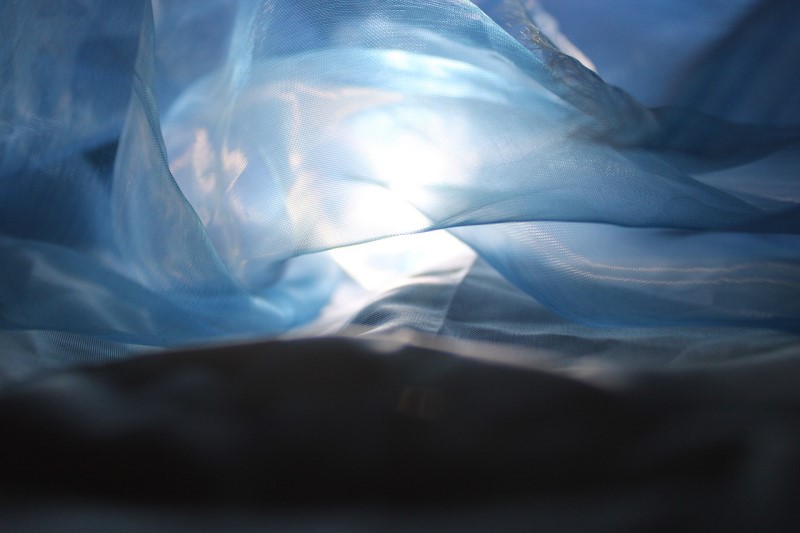How to Identify Acoustically Transparent Fabric
If you want your home theater or “cinema area” to sound better, one of the best recommendations is to add room treatments. Room treatments take many forms but their basic function is to alter the sound as it bounces around your room. The most beneficial room treatments absorb the sound so that the waves don’t interact with each other as much. This makes the sound in your room more even. But acoustic absorption panels can be expensive. And, honestly, they aren’t that hard to make yourself. But to do so, you need a few things. One is acoustically transparent fabric. But how do you know a piece of fabric is acoustically transparent?
What Is a “Acoustically Transparent” Fabric?
Acoustically transparent means that sound passes through the fabric unobstructed. This allows the panel material (usually some sort of fiberglass or rockwool) to act on the sound waves. If you use a material that doesn’t allow the sound waves through, some (or all depending on the fabric) will be reflected back into the room. This defeats the purpose of the acoustic panel.
The Feel Test
The first test as you shop for fabric is to feel it. Is it thick? Does it feel plush? Take a look at the label. Does it have a high thread count? All these suggest the fabric is not acoustically transparent. In general, acoustically transparent fabric will not be more than 1mm thick. Though, a thin fabric doesn’t mean it will allow sound through.
The Light Test

The second test you can do is to hold the fabric up to a bright light source. The more light that passes through, the more acoustically transparent it is. Again, remember that light is nearly infinitely smaller than air molecules. Just because lots of light passes through, doesn’t mean ANY air can do the same.
The Breath Test
This is the only test you really need. The others will help you get past some of the most obvious fabrics that won’t work. When you have a few that you think might work, it is time for the breath test. To do this, put the fabric up to your face…

No, not like that. I mean, why? Why would you…just forget it. Weirdo. Take the fabric and push it up against your lips. Now exhale as you normally would. Or you can blow out. Either way. What you want to feel is nothing. You don’t want to feel any resistance to the air you are exhaling. If the air can pass through, so can the sound waves. If you feel any resistance, the fabric is not fully acoustically transparent.
But What If I Really Like the Print?
You’ve found the perfect fabric for your room. Right color, perfect design, least expensive…whatever. It’s the one you want. But when you do the breath test, you feel resistance. Not a lot, but some. Can you still use it?
Of course. You are making your acoustic panels slightly less effective, but not as much as you might think. The less acoustically transparent, the more the fabric will reflect high frequencies. The lower frequencies are stronger and will probably still be fine. So, if you love the fabric, go with it. Just understand what the fabric might be doing.
Conclusion
In the end, if you want to know definitively that a fabric is acoustically transparent, you’ll have to send it off to a lab for testing. Or you can buy one of the many fabrics on the market that are certified to be acoustically transparent. Those tend to be more expensive and there are cheaper options out there. If you are looking for the more traditional black fabric, ask for speaker grille cloth. That is certainly acoustically transparent and usually isn’t that expensive.


